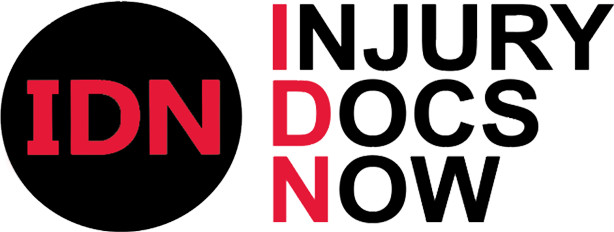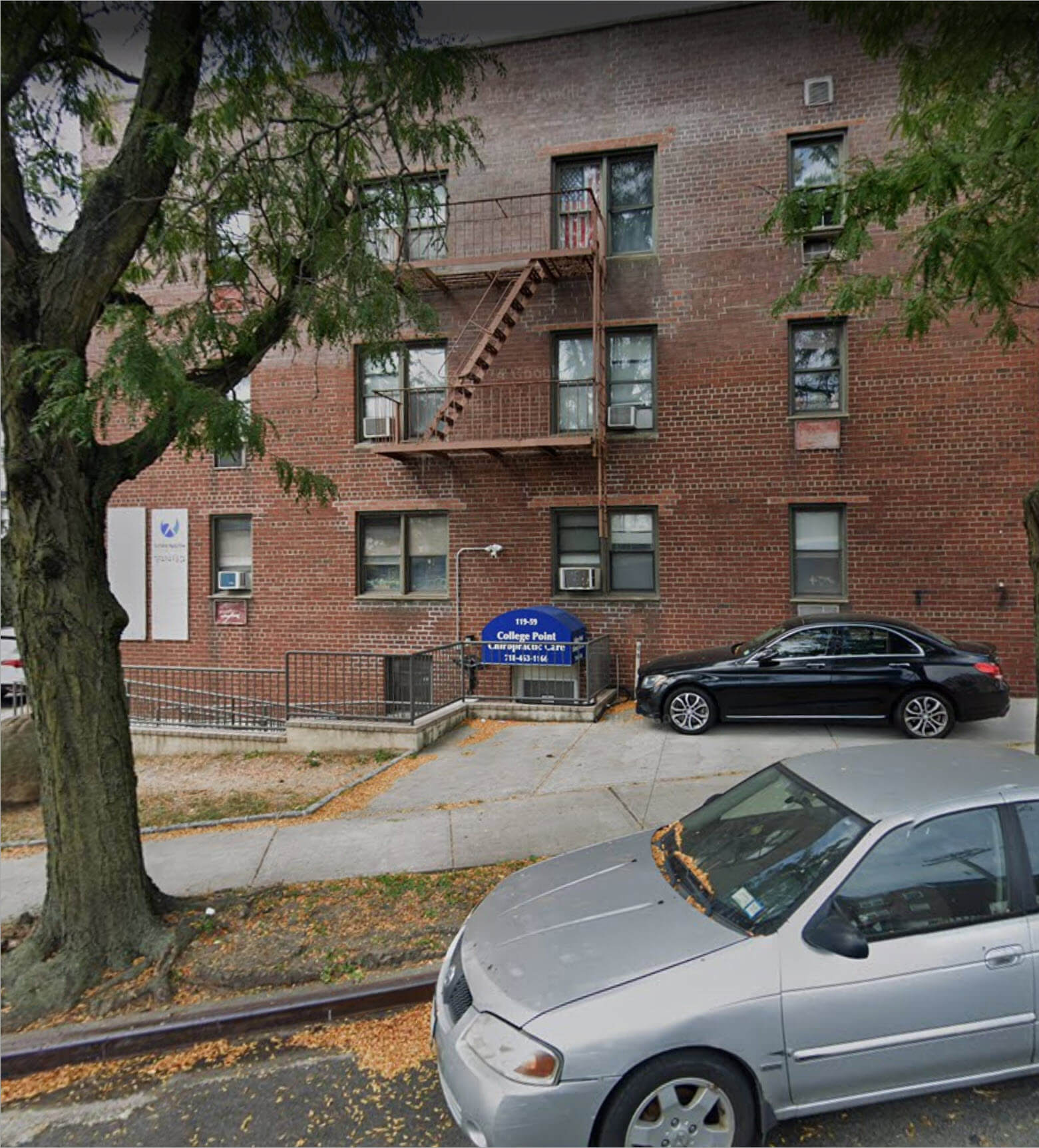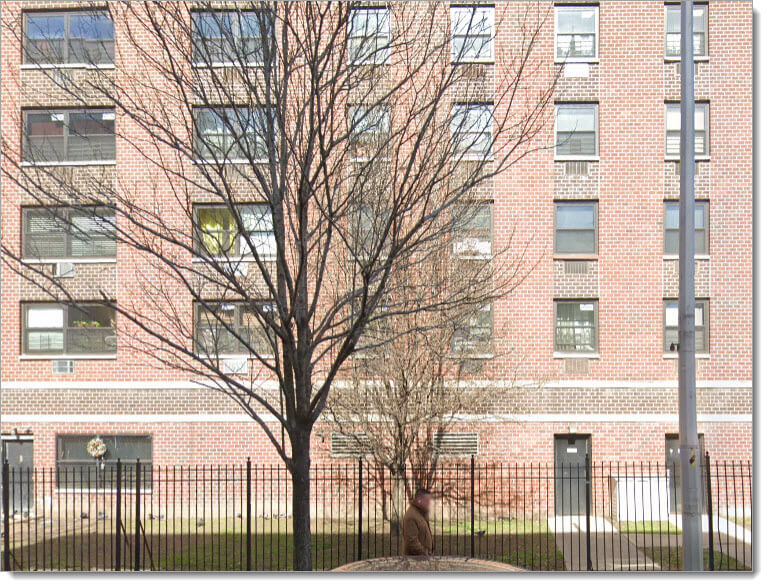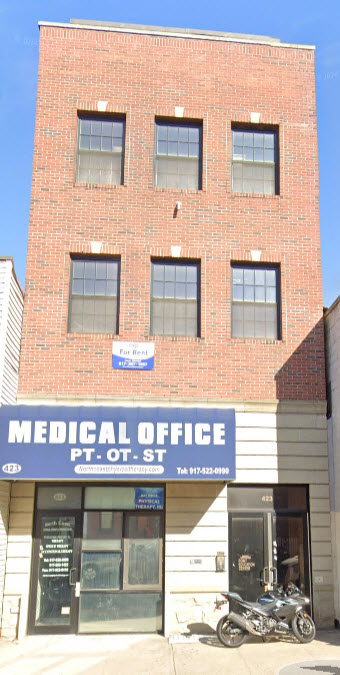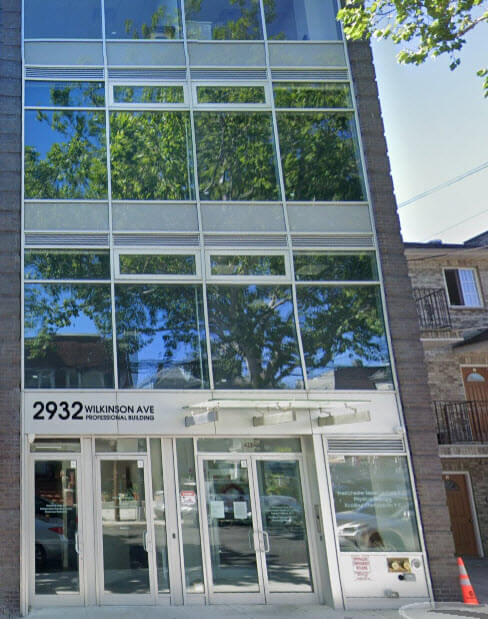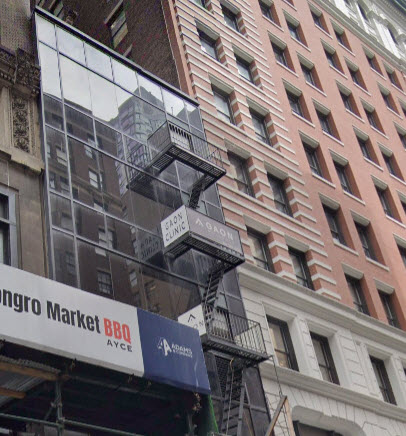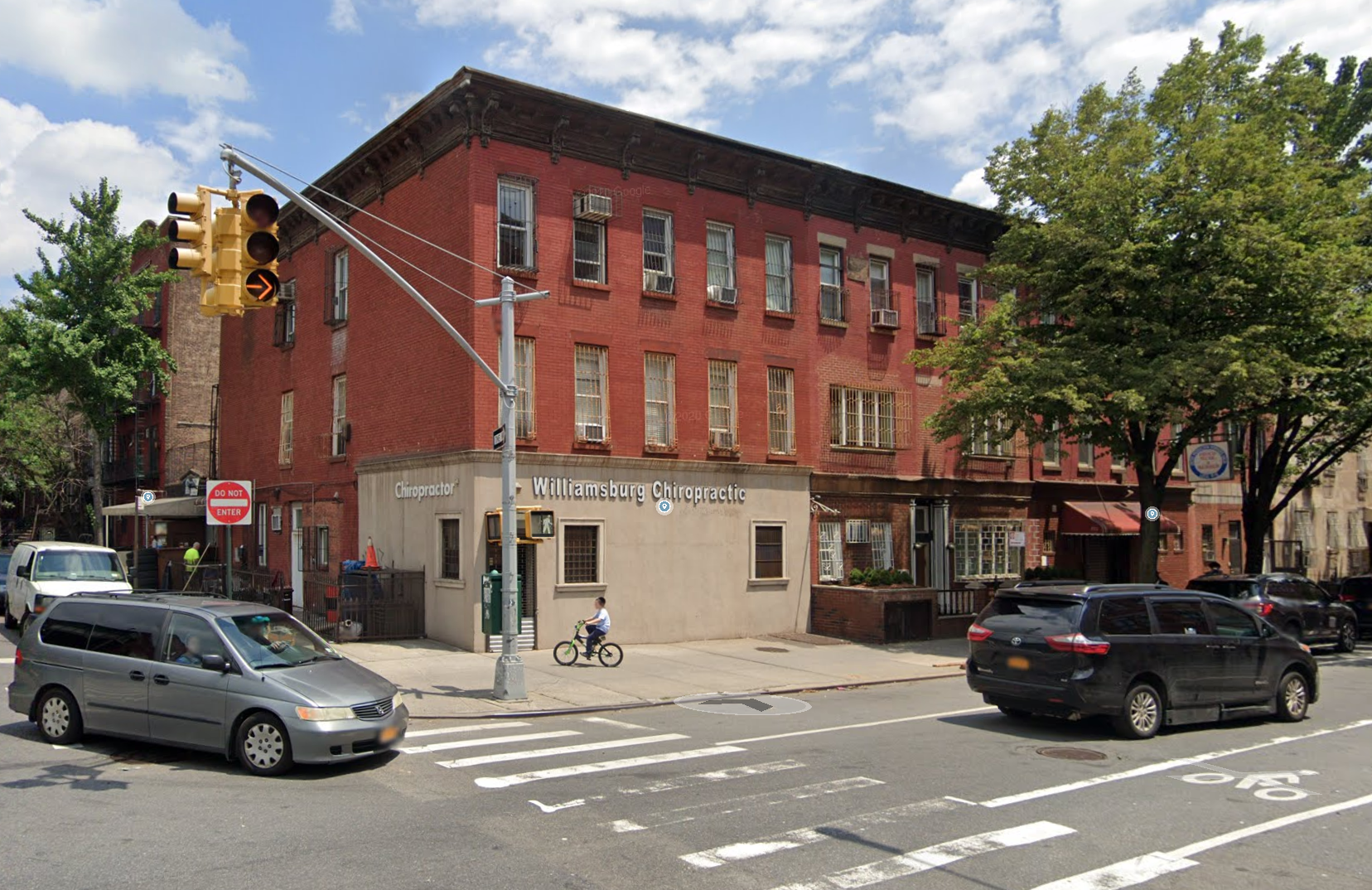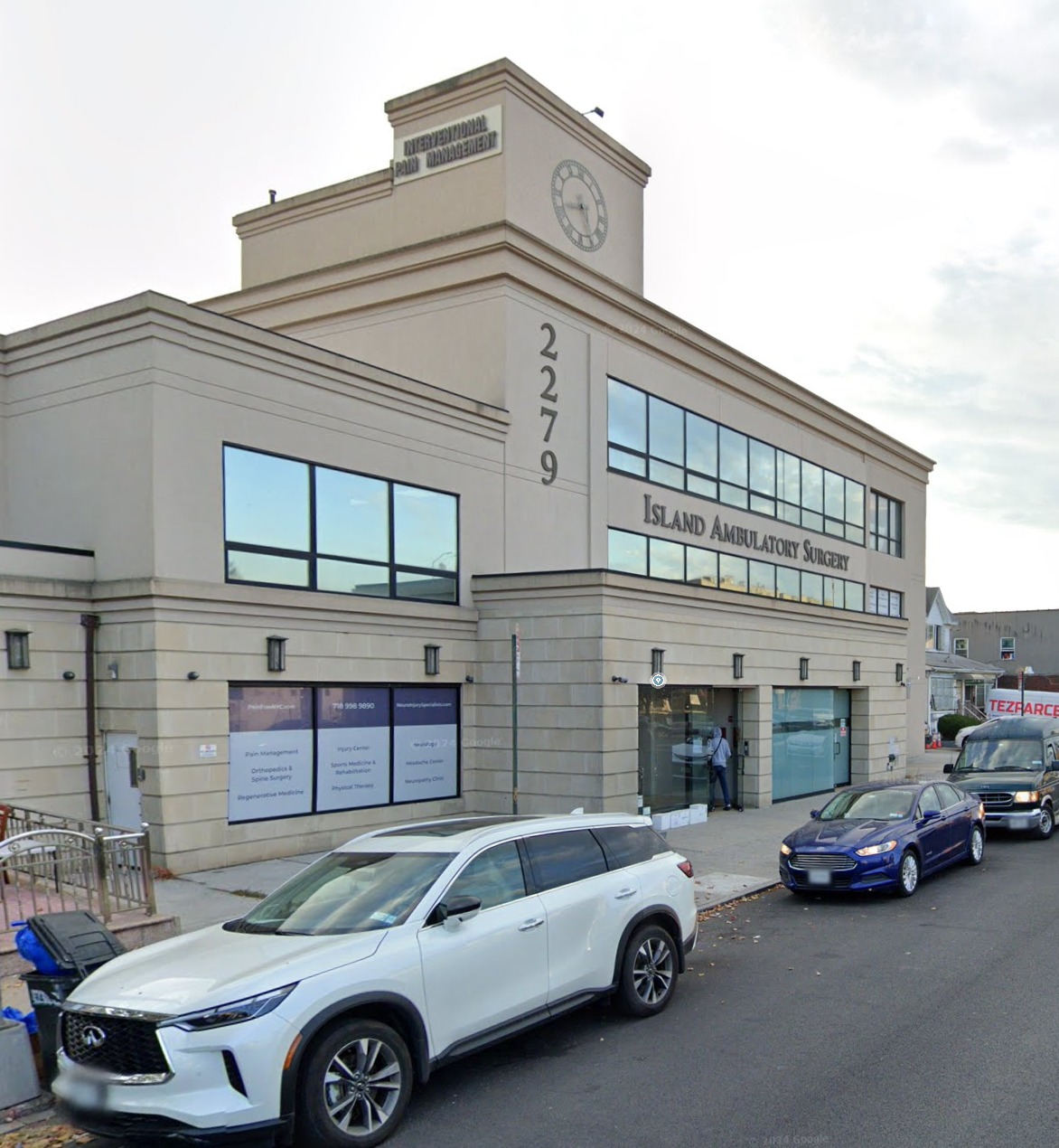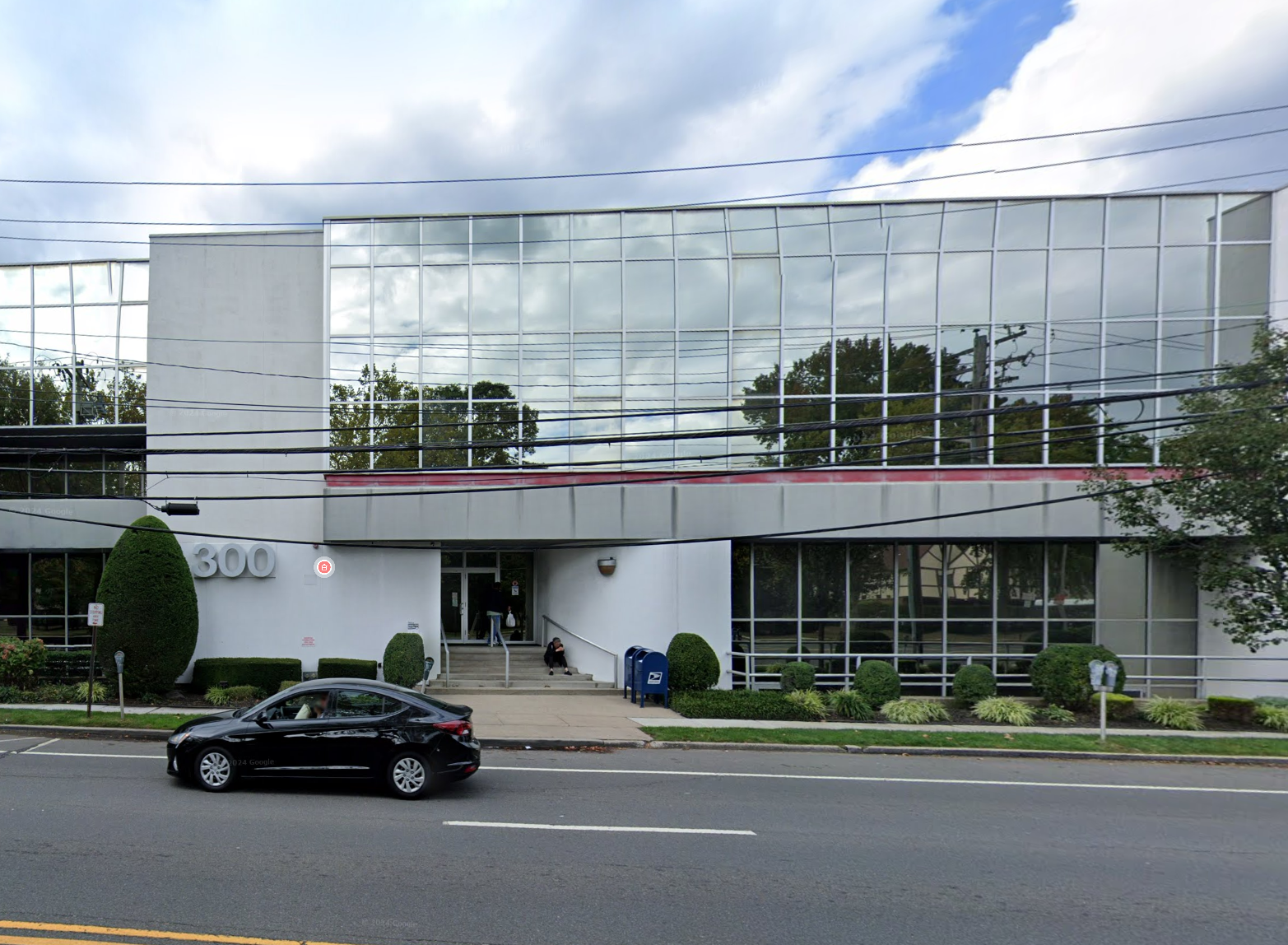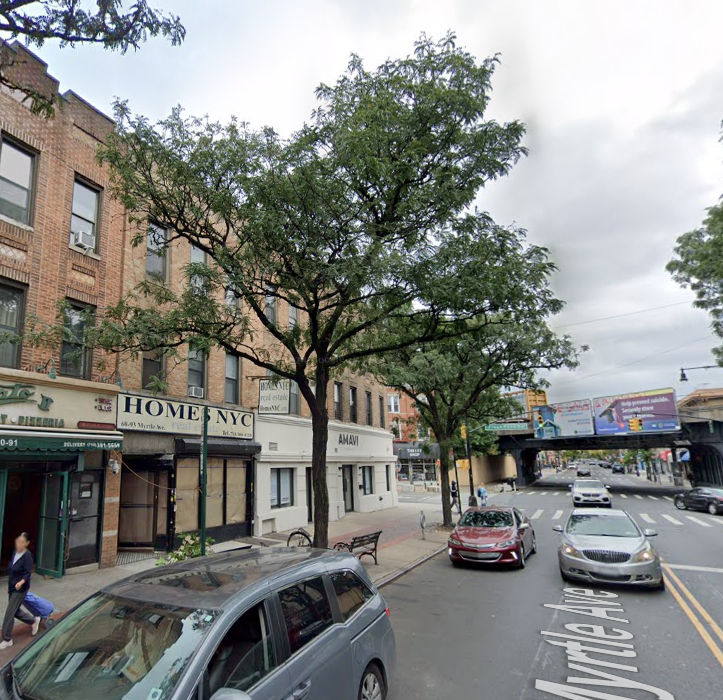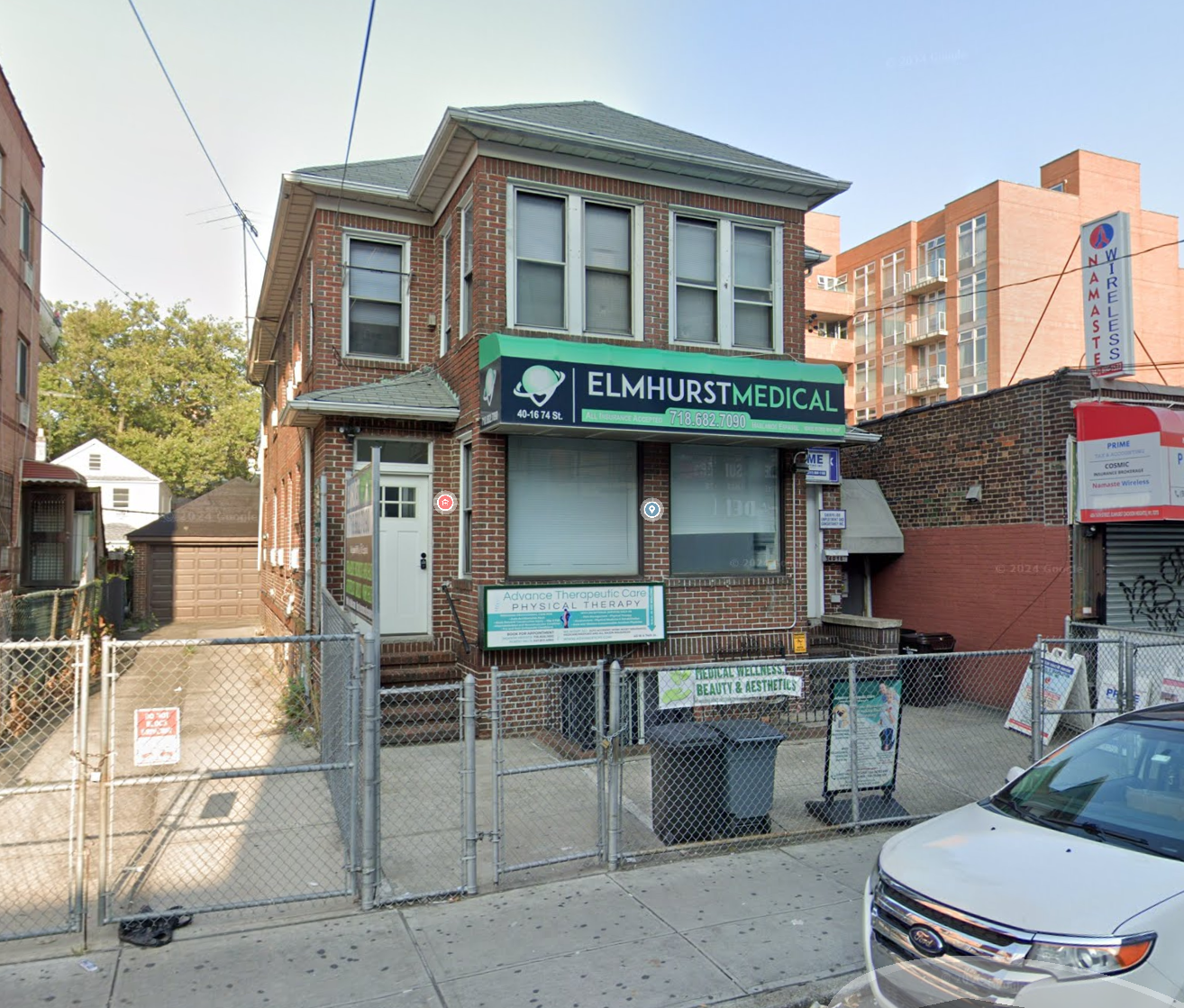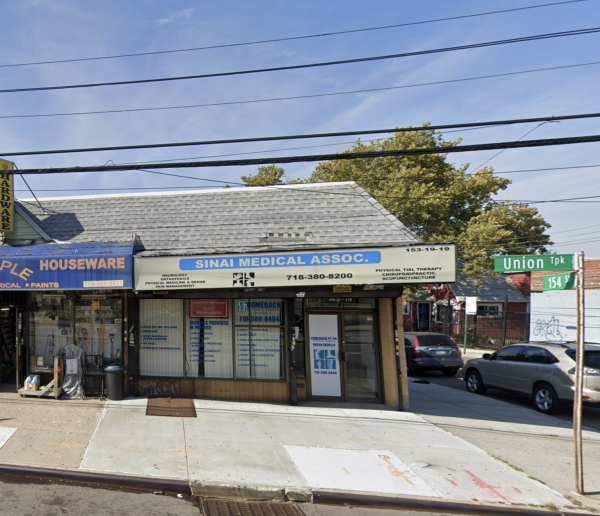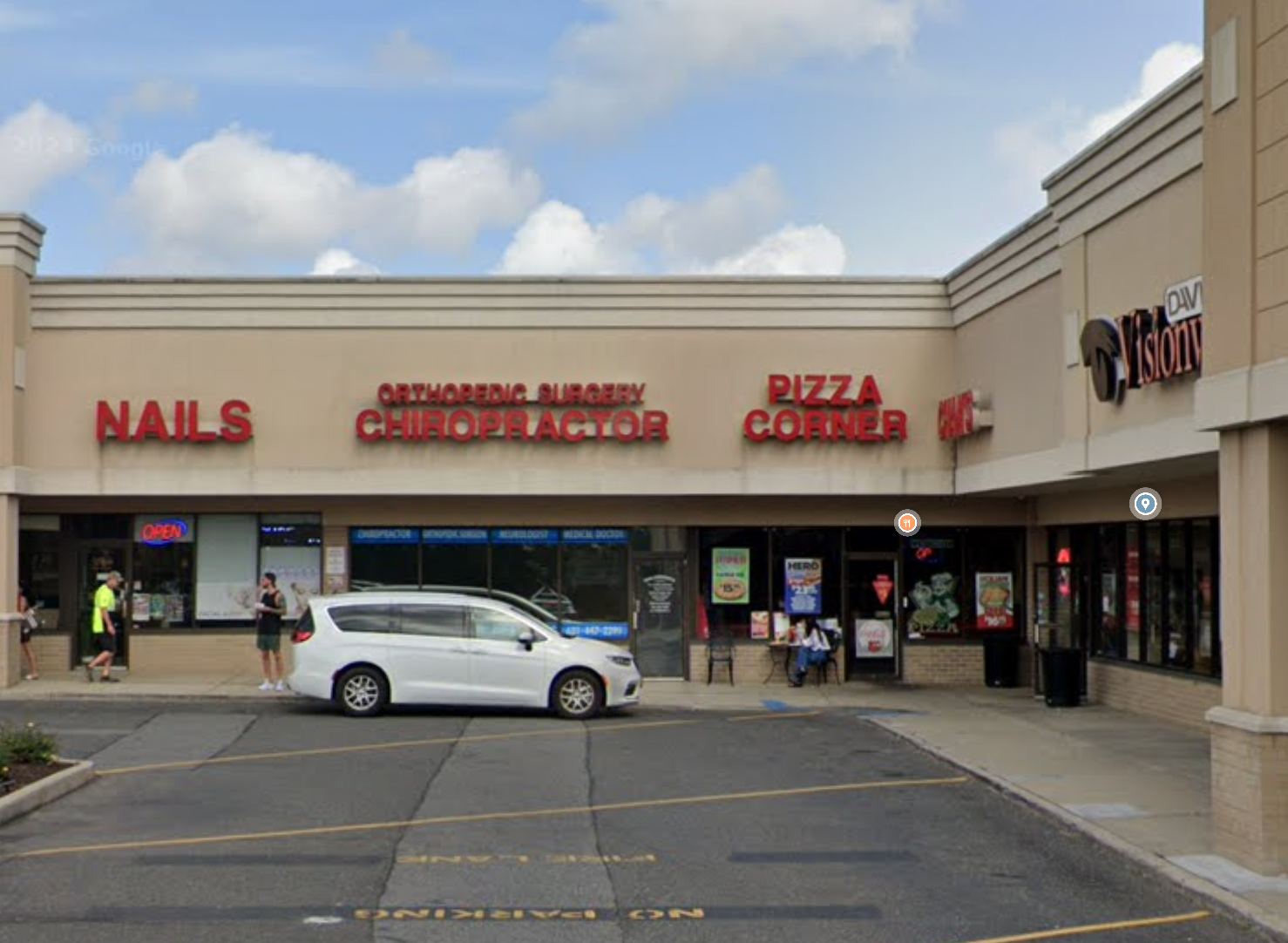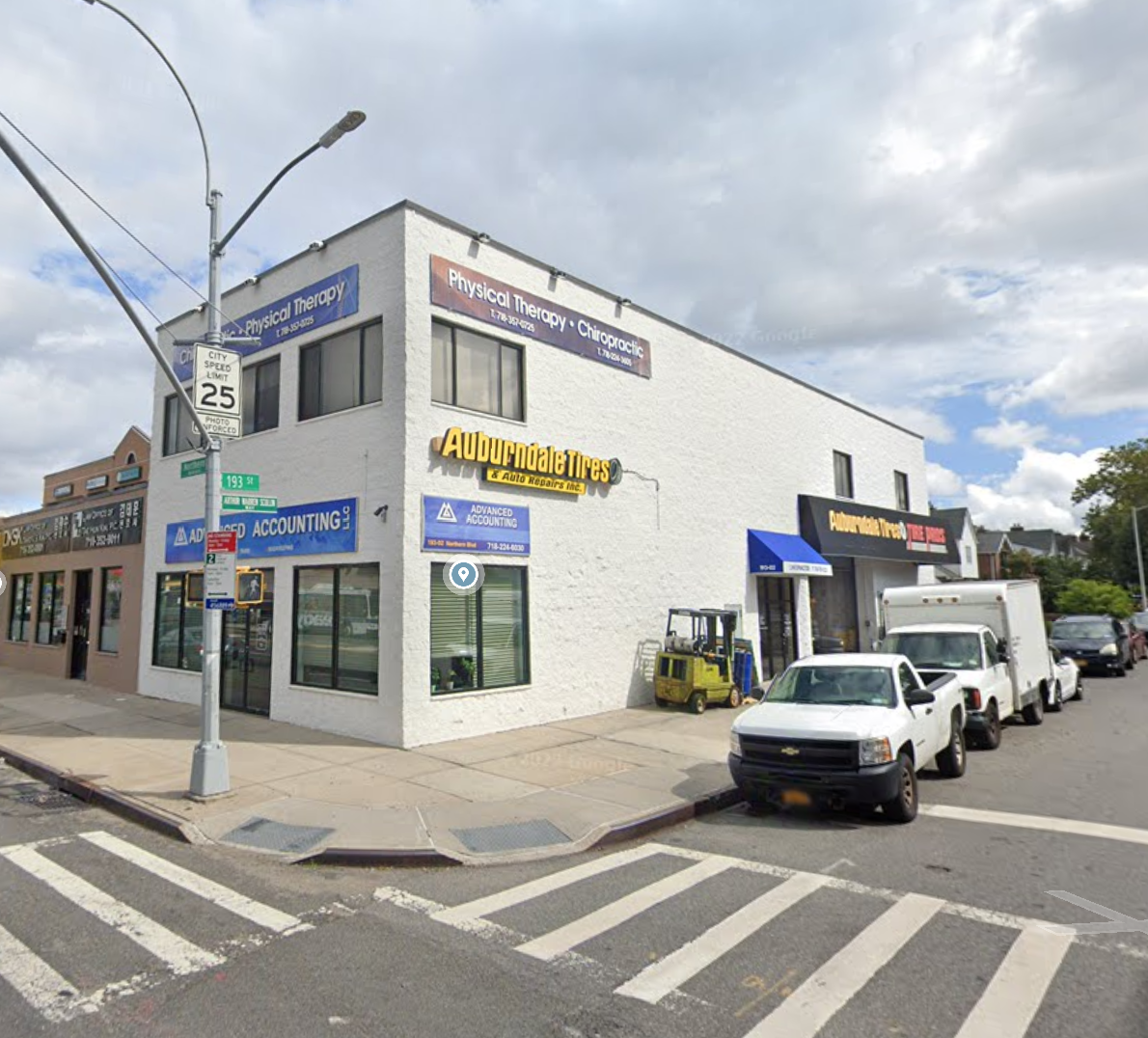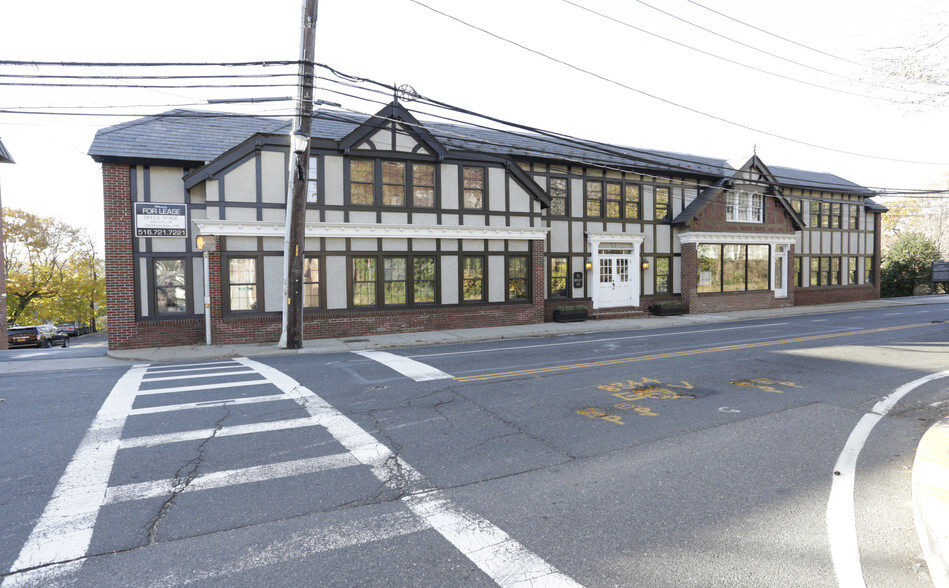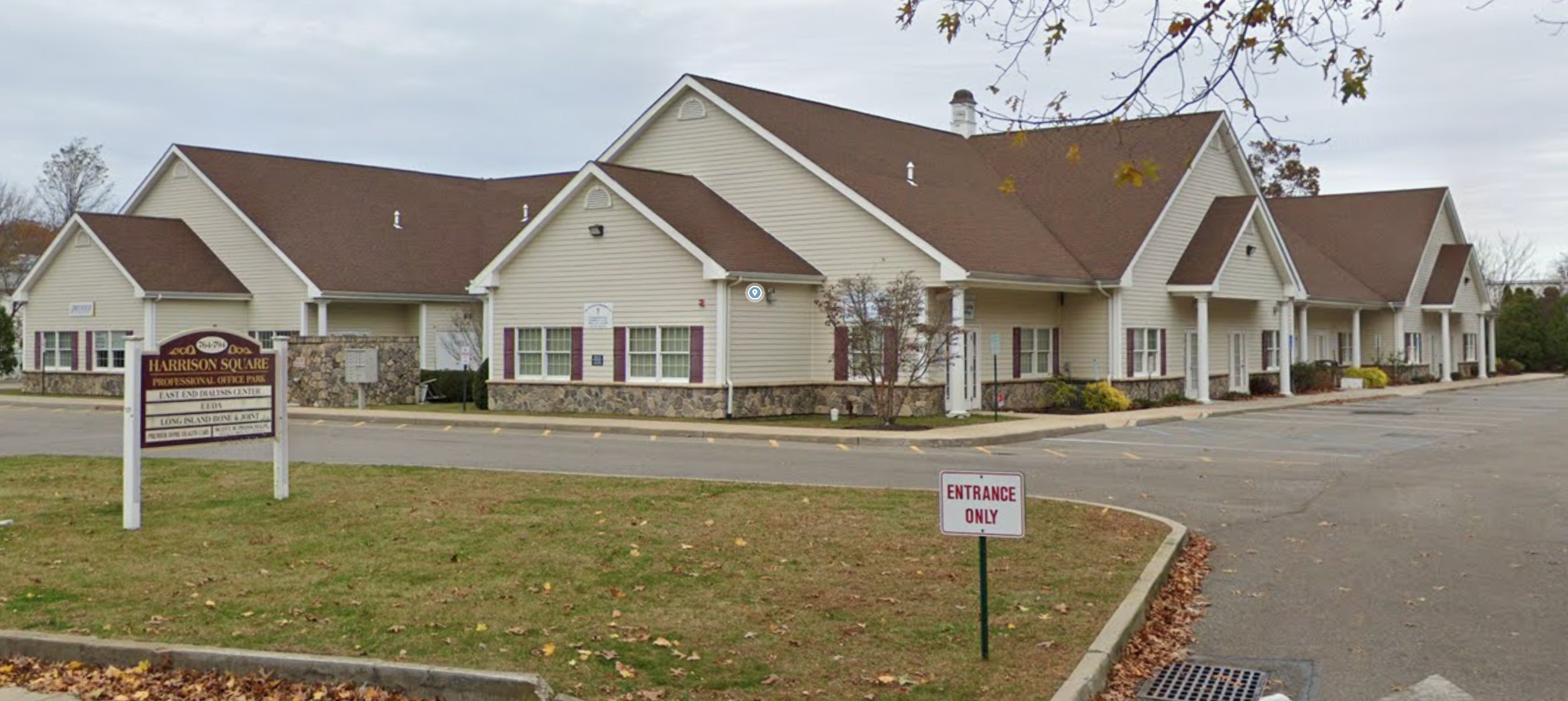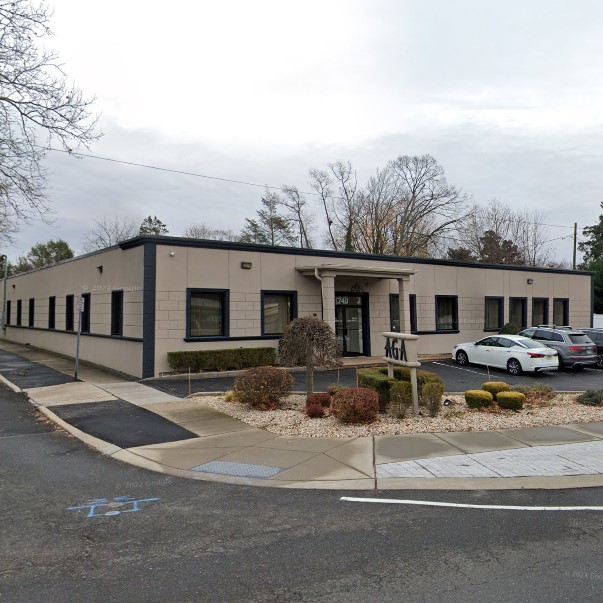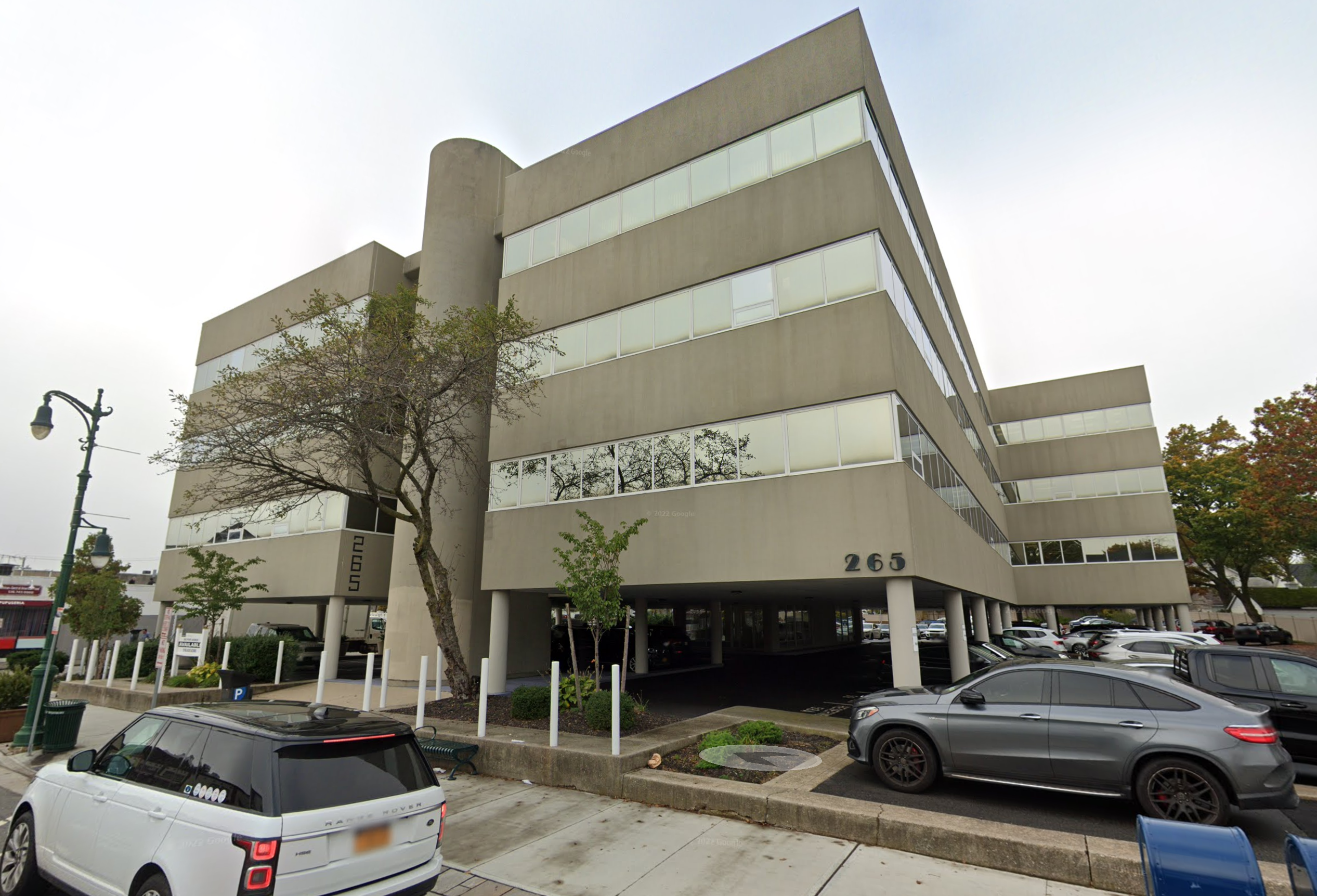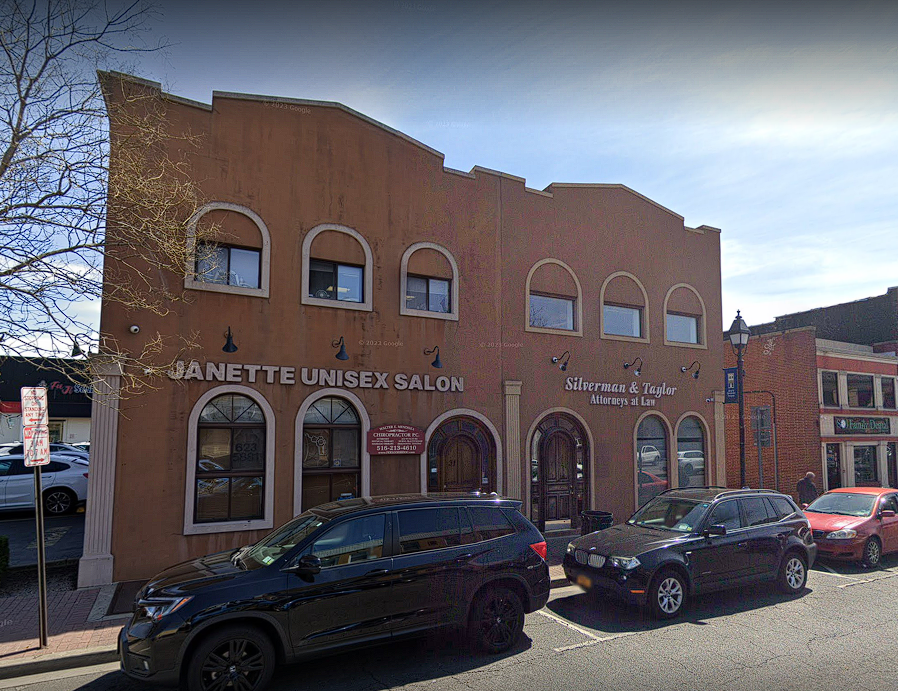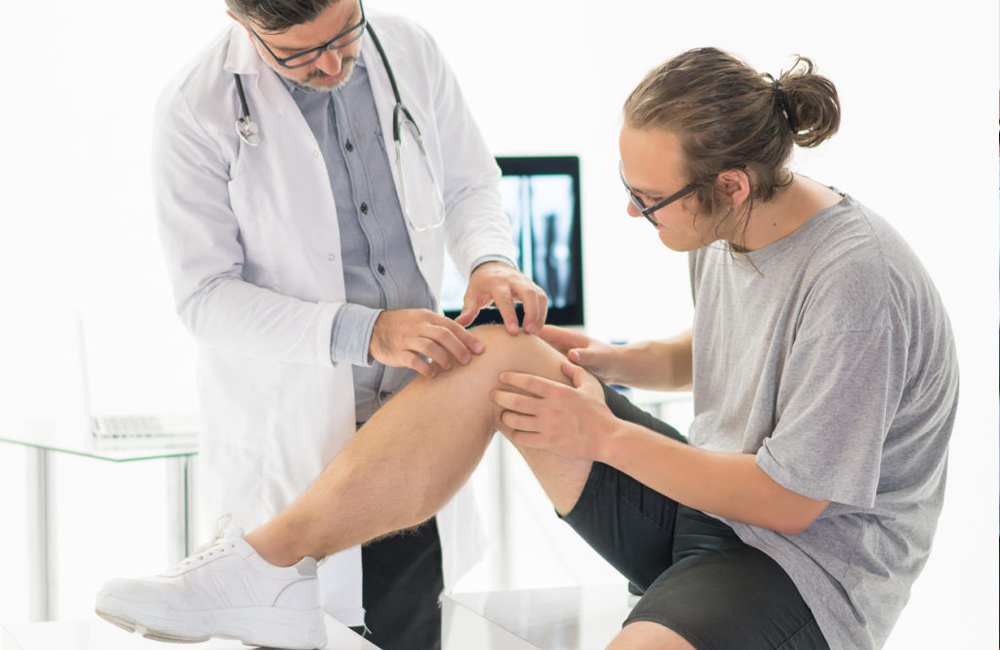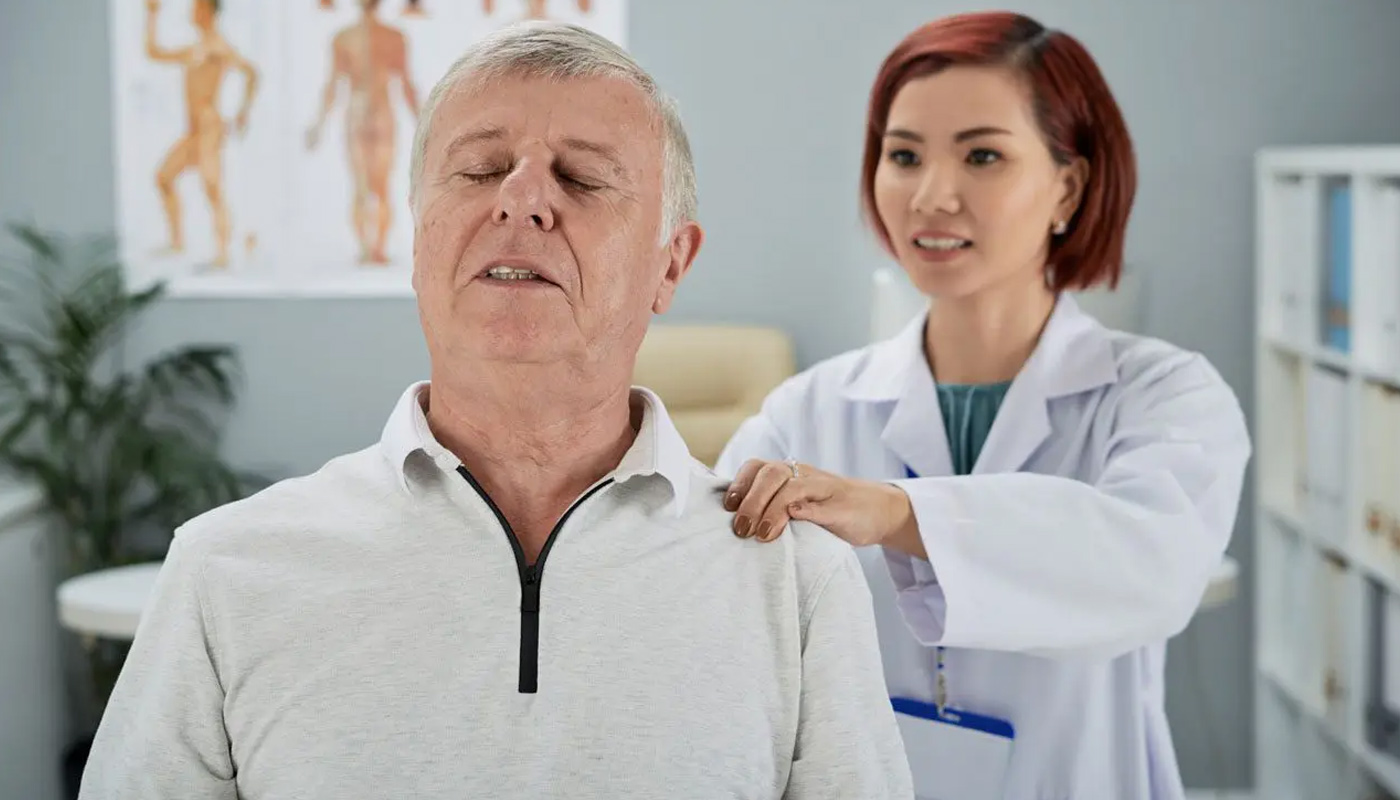Welcome to College Point Chiropractic Care – Trusted College Point...
Injuries
- SHOULDER INJURY
Bursitis
Bursitis is a painful condition that affects the small, fluid-filled sacs called bursae. The sacs cushion the bones, tendons and muscles near your joints. Furthermore, it occurs when bursae become inflamed. The most common locations for bursitis are in the shoulder, elbow and hip.
Source: mayoclinic.org
Rotator Cuff Tear
In most rotator cuff tears, the tendon tears away from the bone. In fact, most tears occur in the supraspinatus tendon. Other parts of the rotator cuff may also become torn. In most cases, torn tendons begin by fraying. As the damage progresses, the tendon can completely tear. In fact, sometimes this may occur with lifting heavy objects.
Source: orthoinfo.aaos.org
Frozen Shoulder
Frozen shoulder is a condition that affects your shoulder joint. It usually involves pain and stiffness that develops, gets worse, and then goes away. This can take anywhere from a year to 3 years. Your shoulder is a ball-and-socket joint that includes the humerus, scapula, and clavicle.
Source: webmd.com
Labrum Tear
Labral Tear of the Shoulder. The labrum is a piece of fibrocartilage attached to the rim of the shoulder socket. Its purpose is to help keep the ball of the joint in place. When this cartilage gets torn, it’s called a labral tear. Moreover, labral tears may result from injury, or sometimes as part of the aging process.
Source: hopkinsmedicine.org
- WRIST INJURY
Carpal Tunnel Syndrome
Carpal tunnel syndrome is a common condition that causes hand pain. Moreover, it may also cause numbness, and tingling in the hand and arm. For example, as it travels through the wrist it can get pinched between bones and soft tissue. The condition occurs when the median nerve becomes trapped or compressed at the wrist.
Source: orthoinfo.aaos.org
Wrist Sprain
Wrist sprain occurs when strong ligaments of the wrist stretch beyond their limits. So, these ligaments can tear. This occurs when the wrist becomes bent or twisted with force. For example, it may be as a result of a fall onto an outstretched hand.
Source: orthoinfo.aaos.org
Ligament Tear
Scapho-lunate ligament tear. The scapho-lunate interosseous ligament is a key ligament in the wrist. Its job is to stabilize the foundation of the wrist: the scapho-lunate joint. This injury is serious and can result in instability of the wrist, with loss of power, motion and pain. Furthermore, this will lead to a painful arthritis of the wrist. The tear can be partial or complete, stable or unstable.
Luno-triquetral ligament tear. This ligament stabilizes the ulnar and medial side of the wrist and is also sometimes torn. The tear can be partial or complete and cause pain and instability. Arthroscopic treatment and pinning can be successful for acute injuries. Thereafter, therapy usually is next in the recovery phase. For chronic lesions, debridement may help as well, but more procedures may follow.
TFCC tears – The triangular fibrocartilage complex is like a meniscus in the knee. It has marginal vascularization and central lesions do not heal. Peripheral tears can be amenable to surgical arthroscopic fixation. Chronic lesions (older than three months) are often treated with arthroscopic debridement. Sometimes, when the ulna is too long, a shortening procedure is also performed. Finally, this may decrease the pressure in the medial aspect of the wrist and allow healing.
Source: drbrutus.com
Swelling and Bruising
A sprained wrist is often swollen and painful, especially with motion. There may be bruising. Pain and swelling can develop over several days, although it may last anywhere from a few days to six weeks.
Source: assh.org
- LEG INJURY
Leg pain
Most leg pain results from wear and tear, injuries in joints or bones or in muscles, ligaments, tendons. Some types of leg pain can be a result of problems in your lower spine. Furthermore, leg pain is sometimes caused by blood clots, or poor circulation.
Source: mayoclinic.org
Hip Pain
Problems within the hip joint itself tend to result in pain on the inside of your hip or your groin. Hip pain on the outside of your hip, upper thigh or outer buttock is usually caused by problems with soft tissue. In fact, muscles, ligaments, tendons and other soft tissues surround and make up the hip joint.
Source: mayoclinic.org
Knee Pain
Knee pain is a common complaint that affects people of all ages. Pain may be the result of an injury, such as a ruptured ligament or torn cartilage. Medical conditions, including arthritis, gout and infections and also can cause knee pain. Many types of minor knee pain respond well to self-care measures.
Source: mayoclinic.org
Sciatic Nerve Pain
Sciatica refers to pain that radiates along the path of the sciatic nerve. The Sciatic nerve branches from your lower back through your hips and buttocks and down each leg. To conclude, sciatica usually affects only one side of your body, but sometimes can be both.
Source: mayoclinic.org
- NECK INJURY
Neck Pain
Many people experience neck pain or stiffness at times. Often, it’s due to poor posture or overuse. Some causes of neck pain are car accident injuries, a fall, contact sports, or whiplash. Most of the time, neck pain isn’t a serious condition and can settled within a few days.
Source: healthline.com
Cervical Strain
A cervical strain is a stretched or torn muscle or tendon in your neck. Tendons are strong tissues that connect muscles to bones.
Source: drugs.com
Cervical Facet Syndrome
Cervical facet osteoarthritis is sometimes called cervical facet joint syndrome. It is a degenerative condition that causes pain and stiffness in the cervical spine. To be clear, the cervical spine includes the top seven levels of the spine, labeled C1 through C7.
Source: spine-health.com
Whiplash Injury
Whiplash is a relatively common injury that occurs to a person’s neck following a sudden acceleration-deceleration force that causes unrestrained, rapid forward and backward movement of the head and neck, most commonly from motor vehicle accidents.
Source: medicinenet.com
- KNEE INJURY
Meniscus Tear
The meniscus is a C-shaped piece of tough, rubbery cartilage that acts as a shock absorber. It sits between your shinbone and thighbone. In fact, it can tear if you suddenly twist your knee while bearing weight on it. A torn meniscus is one of the most common knee injuries.
Source: mayoclinic.org
Collateral Ligament Tear
A collateral ligament injury occurs when the ligaments get overstretched or torn. A partial tear occurs when only part of the ligament becomes torn. Whereas a complete tear occurs when the full thickness of the ligament tears into two pieces.
Source: medlineplus.gov
ACL Tear
An ACL injury is a tear or sprain of the anterior cruciate ligament, which is one of the major ligaments in your knee. ACL injuries occur during sports that involve sudden stops or changes in direction. In Fact, they may also happen in car accidents, jumping and landing.
Source: mayoclinic.org
PCL Tear
In particular, the PCL prevents the lower leg from slipping too far back in relation to the upper leg. The body is susceptible when the knee is in flexion (bent). A PCL injury is a sprain (stretch or tear of a ligament). The PCL most often sprained when the front of the knee hits the dashboard during a car accident.
Source: health.harvard.edu
- SPINE INJURY
Mid back pain
Mid back pain may be caused by: Overuse, muscle strain, or injury to the muscles, ligaments, and disc injury. Poor posture. Also can be pressure on the spinal nerves from certain problems, such as a herniated disc.
Source: uofmhealth.org
Lower back pain
Low back pain is a universal human experience, in fact, almost everyone has it at some point. The lower back, which starts below the rib cage, is the lumbar region. Pain here can be intense and is one of the top causes of missed work. Low back pain often gets better on its own, but when it doesn’t, there are effective treatments.
Source: webmd.com
Bulging Disc
A bulging disc injury is a common spine injury sustained to your intervertebral disc. It can occur in your lower back, mid back, or your neck. Furthermore, a bulging disc is sometimes referred to as a disc bulge or degenerative disc.
Source: physioworks.com.au
Herniated Disc
A herniated disc (also called bulged, slipped or ruptured) is a fragment of the disc nucleus that gets pushed out of the annulus. This may travel into the spinal canal through a tear or rupture in the annulus. To conclude, discs that become herniated usually are in an early stage of decay.
Source: aans.org

New York No-Fault and Workers Comp Providers Contact A Injury Doctor
Have you suffered a whiplash injury in a car accident and looking for No-Fault Doctors? Or perhaps you were injured on-the-job and looking for an workers comp doctor? injurydocsnow.com is here to help!
Our Members have No-Fault Doctors and Workers Comp Authorized providers conveniently located in:
Find A No-Fault Injury Doctor Near You!
Welcome to Mark Heyligers, DC PLLC – Trusted East Harlem...
Welcome to North Coast PT.PC – Trusted Sunset Park No-Fault...
Welcome to XCALIBUR Chiropractic PC – Trusted East Bronx No-Fault...
Welcome to K-Town Gaon Wellness Acupuncture Physical Therapy Chiropractic –...
Welcome to Williamsburg Chiropractic, PC – Trusted Williamsburg No-Fault Injury...
Welcome to BL Pain Management PLLC – Trusted Sheepshead Bay,...
Welcome to BL Pain Management PLLC – Trusted Mineola No-Fault...
Welcome to Queens Brooklyn Physical Therapy & Chiropractic – Trusted...
Welcome to Advance Therapeutic Care Physical Therapy P. C. –...
Comeback PT PC – Your Trusted Kew Gardens Hills No-Fault...
Welcome to Dr. Todd Goldman Chiropractor PC – Your Trusted...
Dr. Mark Snyder, DC – Your Trusted Flushing No-Fault &...
Welcome to Panetta Physical Therapy, PC – Your Trusted Roslyn...
Welcome to Demartinis Chiropractic – Your Premier No-Fault Doctor in...
Welcome to North Yonkers Chiropractic Services, PC – Your Reliable...
Welcome to Main Chiropractic Rehabilitation, PLLC – Your Expert No-Fault...
Welcome to Manetto Hill Chiropractic & Rehabilitation – Your Trusted...
Welcome to Suffolk Chiropractic Rehabilitation & Physical Therapy – Your...
Raymond A. Semente, DC – Your Trusted Saint James No-Fault...
Welcome to Quantum Physical Therapy & Chiropractic Care – Your...
Welcome to Suffolk Physical Therapy & Chiropractic PLLC – Your...
Welcome to Great South Bay Chiropractic Office – Your Trusted...
Welcome to Wright Chiropractic and Physical Therapy – Your Trusted...
Welcome to Corrective Chiropractic – Your Trusted Miller Place No-Fault...
Welcome to Suffolk Physical Therapy & Chiropractic, PLLC – Your...
Welcome to Suffolk Physical Therapy & Chiropractic, PLLC – Your...
Welcome to Holtsville Chiropractic Center – Your Trusted Holtsville No-Fault...
Welcome to Suffolk Physical Therapy & Chiropractic, PLLC – Your...
Welcome to St. Tereiza Physical Therapy Rehab PC & Centereach...
Welcome to South Shore Chiropractic & Physical Therapy, PLLC –...
Welcome to Quantum Medical Physical Therapy & Chiropractic Care –...
Welcome to Advanced Physical Therapy – Your Trusted Westbury No-Fault...
Welcome to Injury Doctors Now – Syosset – Your Trusted...
Welcome to Total Wellness & Medical Health, PC – Your...
Welcome to Comprehensive Medical Health Wellness, PC – Your Trusted...
Welcome to Walter E Mendoza Chiropractor PC – Your Trusted...
Welcome to Haas Chiropractic and Rehabilitation, PC – Your Trusted...
Welcome to Englinton Medical, PC – Your Trusted No-Fault Doctor...
Welcome to Chiropractic Approach, PC – Your Trusted Rego Park...
Welcome to Pain Management Specialists of NY – Your Trusted...
Welcome to Concourse Chiropractic, PC – Your Trusted Fordham Heights...
Welcome to Brooklyn Spine and Joint Chiropractic, Physical Therapy, Rehab,...
Welcome to Family Health Associates – Your Trusted No-Fault Doctor...
Welcome to Quantum Physical Therapy & Chiropractic Care, PLLC –...
Welcome to Murray Hill Chiropractic, PC – Your Top Choice...

What's New
Welcome to our “What’s New” section, your go-to destination for the latest updates and essential information on personal injury and no-fault injury news. Whether you’re seeking insights on accident prevention, legal developments, or the latest safety guidelines, we’ve got you covered.
Find answers to frequently asked questions about how InjuryDocsNow can...
Explore New York's Workers' Compensation with Injury Docs Now. Connect...
Explore comprehensive no-fault medical care in Riverhead, NY with top...
Explore what to expect during your first visit to a...

Connect with New York No-Fault Doctors or a Workers Comp Provider Today!

